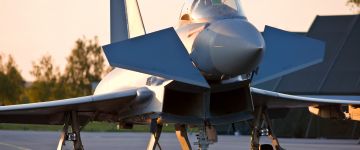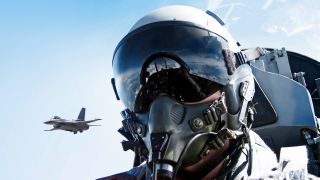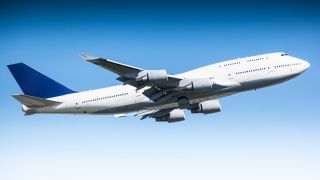Since airspace worldwide is used largely for civil purposes, military aircraft must also meet civil standards in order to fly in this airspace without restrictions. Approval by civil aviation safety authorities requires the use of development processes in line with the civil avionics standards for software (RTCA/DO-178B, level C) and for hardware (RTCA/DO-254, design assurance level C).
This is a great challenge, especially for airborne transceivers where waveforms and a large number of functions are mapped by software. As part of these processes, the specific requirements to be met by the software and hardware components are derived, starting from the equipment level, and then validated and verified. All process steps are subject to permanent quality control in line with DO-178B / DO-254. This procedure minimizes the risk of malfunctions described in the specifications for level C failure classification and ensures top functional safety.
Besides the civil standards for software (RTCA/DO-178B) and hardware (RTCA/DO-254), immunity to cosmic radiation is equally important.








